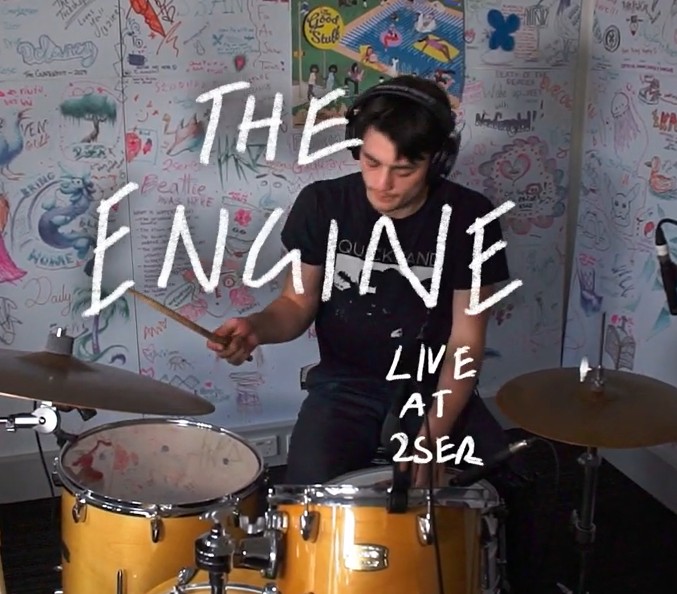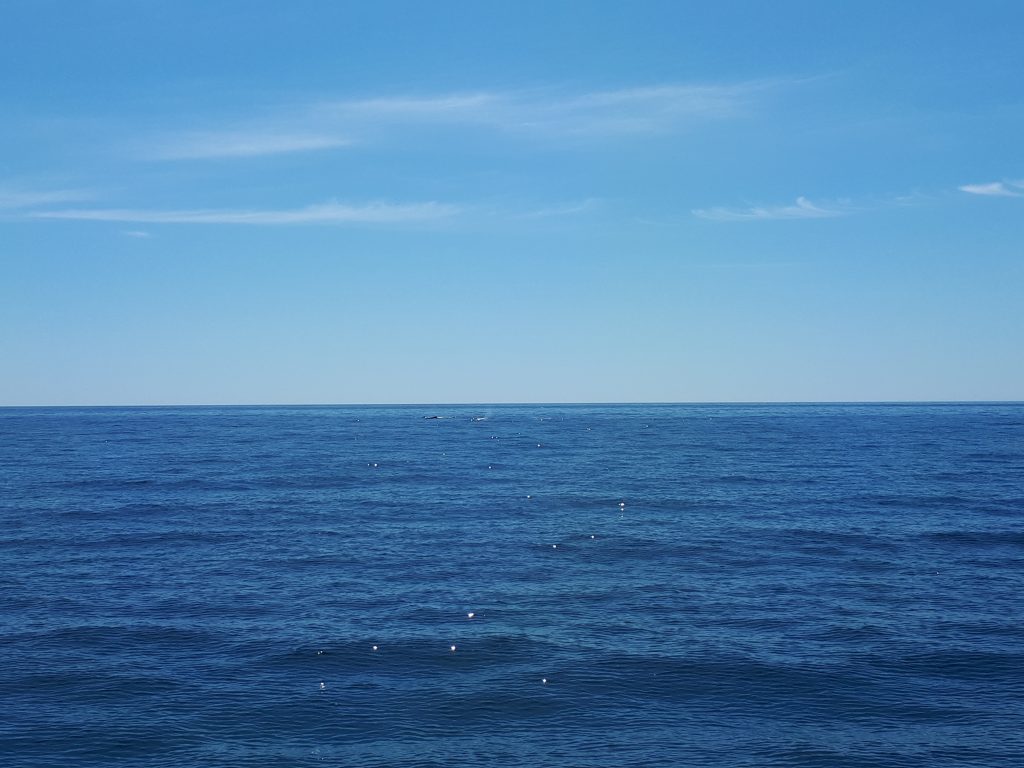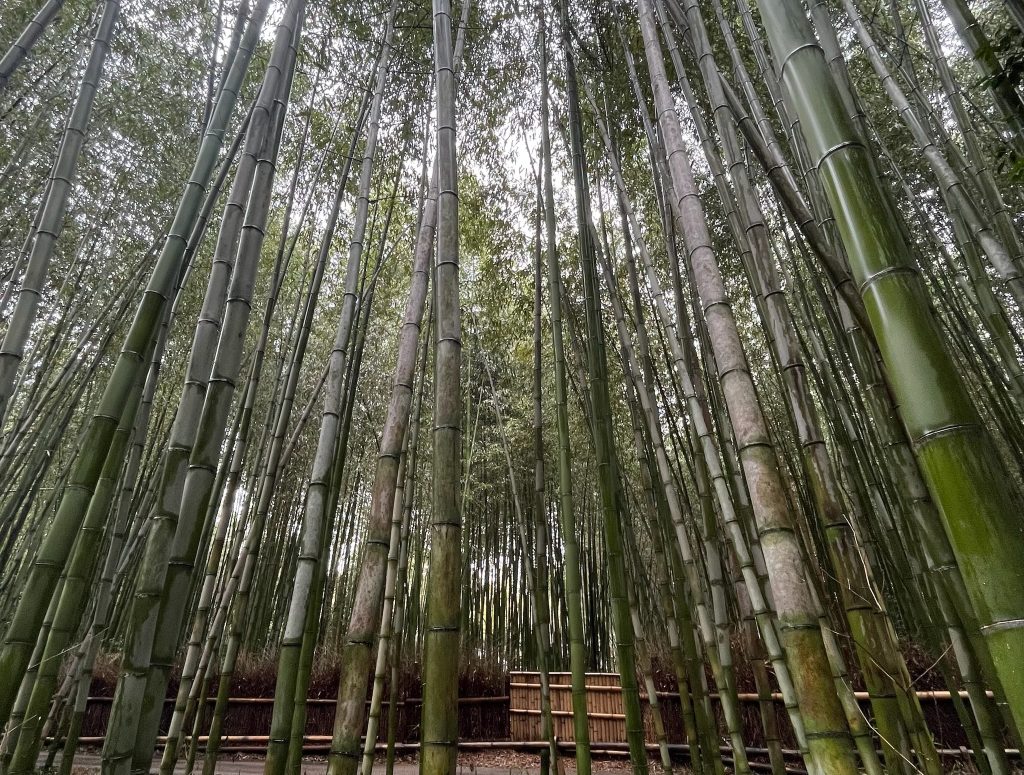Phantom Dancer :: 12:00pm 20th May 2025

Ted Heath was an British trombone player and band leader who played from the 1920s to the 1960s. His 1950s orchestra is considered the greatest ever British big band. As a piece of trivia, the Sydney jazz quartet ‘Ted Heath Goes Latin’ was the first band The Phantom Dancer recorded when the show hosted live bands like James Morrison and Ian Date in 1985-86. Ted Heath is your Phantom Dancer feature artist this week.
The Phantom Dancer is your weekly non-stop mix of swing and jazz from live 1920s-60s radio and TV every week.
LISTEN to this week’s Phantom Dancer mix (online after 2pm AEST, Tuesday 20 May and weeks of Phantom Dancer mixes online at, at https://2ser.com/phantom-dancer/
TED
Ted Heath began playing tenor horn at the age of six, encouraged by his father Bert, a trumpeter and the leader of the Wandsworth Town Brass Band.
Heath later switched to trombone. He and his father often played together on dance band recording of the 1920s and 1930s.
Earning a living for his family in the post-war years he, and his brother Harold with three other musicians, formed a band that played to commuters outside London Bridge Station before winding their way along the streets in London to a location outside the Queen’s Hall Gardens venue. It was here that Heath’s professional career began as he was spotted on the street and asked to play with the Jack Hylton Band who had a residence there. He did not last long, not having the experience required, but it gave him the ambition to pursue a career as a professional musician.
1920s
His first real band gig was with an American band on tour in Europe – the Southern Syncopated Orchestra – which had an engagement in Vienna, Austria and needed a trombone player. The drummer for this band, Benny Payton, taught Heath all about jazz and swing. Heath had to pay his own way back from Austria when the band ran out of money. Heath heard Bunny Berigan, Tommy Dorsey and Jimmy Dorsey and Paul Whiteman when they toured Europe.
He next played with the Metro-Gnomes, a small band fronted by Hylton’s then-wife Ennis Parkes. In the late 1920s, Heath again joined Hylton’s larger stage band (also being present on a number of 12-inch “concert” recordings), staying until 1930. Around this time, he also began to play for other dance orchestras.
1930s
In 1928, he joined Bert Ambrose’s orchestra at The Mayfair Hotel in London and played there until 1935, when he moved on to Sydney Lipton’s orchestra at the Grosvenor House Hotel.
Ambrose, a strict disciplinarian, taught Heath how to be a bandleader. It was during this time that Heath became the most prominent trombone player in Britain, renowned for his perfect tone. He kept playing on numerous recordings as a studio musician, although he concentrated his efforts on the Ambrose band after 1932.
In September 1939, the outbreak of the Second World War caused the immediate disbandment of the Sydney Lipton Band, which was on tour in Scotland at the time. Heath, his wife Moira and children went back to London. In late 1939, Heath joined Maurice Winnick’s Dorchester Hotel band.
During the late 1930s and early 1940s, Heath also played as a sideman on several Benny Carter sessions.
1940s
In 1940, Heath joined Geraldo’s orchestra, playing concerts and broadcasts during the war travelling to the Middle East to play to the Allied Forces-based there. He often became one of the “boys” in Geraldo’s vocal group, ‘Three Boys and a Girl’.
In 1941, Geraldo asked his band members to submit a favourite tune to include in their broadcasts. Heath had composed a song “That Lovely Weekend”, after his wife had written him a poem on a rare weekend together amongst his war travels, and he set this to music. Heath suggested “That Lovely Weekend” to Geraldo and it was orchestrated, with Dorothy Carless on vocal, and was an immediate wartime hit. The royalties from this song and another composition “Gonna Love That Guy” allowed Heath to form his own band.
Heath was inspired by Glenn Miller and his Army Air Force Band, and spoke with Miller at length about forming his own band when Miller toured Britain with the United States Army Air Force Orchestra. Heath admired the immaculate precision of the Miller ensemble, and felt confident that he could emulate Miller’s great success with his own orchestra.
In 1944, Heath talked Douglas Lawrence, the Dance Music Organiser for the BBC’s Variety Department, into supporting a new band with a broadcasting contract. Lawrence was sceptical as Heath wanted a much larger and more jazz orientated band than anyone had seen in Britain before. This band followed the American model, and featured five saxophones, four trombones, four trumpets, piano, guitar, double bass and drums. The new Ted Heath Band, originally organised as a British “All Star Band” playing only radio dates, was first heard on a BBC broadcast in 1944.
In 1945, the BBC decreed that only permanent, touring bands could appear on radio. So Ted Heath and his Music was officially formed on D-Day, 1944.
In late 1945, American bandleader Toots (Tutti) Camarata came to UK as musical director for the film London Town (1946) starring comedian Sid Field. This film was intended to be Britain’s first attempt to emulate the American film musicals of studios such as MGM and Camarata commissioned Heath to provide his band as the nucleus for the film’s orchestra. The film was not a success.
Heath arranged a stint at the Winter Gardens at Blackpool in 1946, a Scandinavian tour, a fortnight at the London Casino with Lena Horne, and backed Ella Fitzgerald at the London Palladium.
Huge popularity quickly followed and Heath’s Band and his musicians were regular Poll Winners in the Melody Maker and the NME (New Musical Express) – Britain’s leading music newspapers. Subsequently, Heath was asked to perform at two Royal Command Performances in front of King George VI in 1948 and 1949.
In 1947, Heath persuaded impresario Val Parnell, uncle of the band’s star drummer Jack Parnell, to allow him to hire the London Palladium for alternating Sundays for his Sunday Night Swing Sessions. The band caused a sensation and eventually played 110 Sunday concerts, ending in August 1955, consolidating the band’s popular appeal from the late 1940s. These concerts allowed the band to play much more in a jazz idiom than it could in ballrooms. In addition to the Palladium Sunday night concerts the band appeared regularly at the Hammersmith Palais and toured the UK on a weekly basis.
1950s
In April 1956, Heath arranged his first American tour. This was a reciprocal agreement between Heath and Stan Kenton, who would tour Britain at the same time as Heath toured the United States.
The tour was a major negotiated agreement with the British Musicians’ Union and the American Federation of Musicians, which broke a 20-year union deadlock. Heath contracted to play a tour that included Nat King Cole, June Christy and the Four Freshmen that consisted of 43 concerts in 30 cities (primarily the southern states) in 31 days (7,000 miles) climaxing in a Carnegie Hall concert on 1 May 1956. At this performance, the band’s instrument truck was delayed by bad weather. The instruments finally arrived just minutes before the curtain rose. The band had no time to warm up or rehearse. There were so many encore calls at the Carnegie Hall performance that Nat King Cole (who was backstage, but not on the bill) had to come out on stage and ask people to leave.
During the tour, Nat King Cole was attacked on stage in Birmingham, Alabama by a group of white segregationists. Heath was so appalled he nearly cancelled the remainder of the tour but was persuaded by Cole to continue. They remained firm friends until Cole died in 1965 and collaborated musically on many occasions. Heath later successfully toured the US again and also toured Australia and Europe.
The 1950s was the most popular period for Ted Heath and His Music during which a substantial repertoire of recordings were made. In 1958 nine albums were recorded. He became a household name throughout the UK, Europe, Australasia and the US. He won the New Musical Express Poll for Best Band/Orchestra each year from 1952 to 1961.[15] Heath was asked to perform at a third Royal Command Performance for King George VI in 1951, and for Elizabeth II in 1954.
He was the subject of This Is Your Life in 1959 when he was surprised by Eamonn Andrews at the BBC Television Theatre. During this period, Heath and his band appeared in several more films (following London Town) including Dance Hall (1950); It’s a Wonderful World (1956) and Jazz Boat (1960).
1960s
Heath used Decca’s Phase 4 Stereo recording methods in the early 1960s. He continued to commission a huge number of original scores and arrangements and some of his biggest US chart successes came during this time. He performed continuously and successfully until his health faltered in 1964, suffering a cerebral thrombosis on his 62nd birthday, and collapsing on stage in Cardiff. Thereafter the band toured less, but continued to record several albums.
POST-HEATH BAND
Ted Heath died in 1969 at the age of 67, but the band reformed after a Thames Television tribute broadcast in 1976 with the approval of the Heath family, and went on performing concerts.
Some early 1970s recordings were recorded under the musical direction of Roland Shaw, Ralph Dollimore and Stan Reynolds, but thereafter all recordings were supervised by trombonist Don Lusher, who led the band for 25 years until 2000, with mostly original Heath alumni.
The final concert in December 2000, was a sell out at London’s Royal Festival Hall, attended by most Heath personnel past and present and the Heath family. The band at that performance was made up almost entirely of players who had played under Ted Heath’s leadership. Numerous radio and television tributes have been broadcast over the years.
The band compared favourably with the best of America’s big bands in the opinion of Count Basie in his testimonial to Heath on Heath’s 21st Anniversary album, and is generally accepted as the best swing band that Britain ever produced.
20 May PLAY LIST
|
Play List – The Phantom Dancer
107.3 2SER-FM Sydney
LISTEN ONLINE Community Radio Network Show CRN #712 |
||
|
107.3 2SER Tuesday 20 May 2025 |
||
|
Set 1
|
Kid Ory | |
|
Open + Royal Garden Blues
|
Kid Ory and his Creole Jazz Band
|
Club Hangover
KCBS San Francisco 5 Feb 1955 |
|
Savoy Blues
|
Kid Ory and his Creole Jazz Band
|
Club Hangover
KCBS San Francisco 5 Feb 1955 |
|
Twelfth Street Rag
|
Kid Ory and his Creole Jazz Band
|
Club Hangover
KCBS San Francisco 5 Feb 1955 |
|
|
||
|
Set 2
|
Johnny Green and Ruth Etting | |
|
Have You Seen My Gal?
|
Johnny Green Orchestra
|
‘Oldsmobile Program’
WABC CBS NYC 16 Feb 1934 |
|
Shine on Harvest Moon + You’re Such a Comfort to Me
|
Johnny Green Orchestra (voc) Ruth Etting
|
‘Oldsmobile Program’
WABC CBS NYC 16 Feb 1934 |
|
Smoke Gets in Your Eyes
|
Johnny Green Orchestra
|
‘Oldsmobile Program’
WABC CBS NYC 16 Feb 1934 |
|
The Old Spinning Wheel + I Wanna Be Loved (theme)
|
Johnny Green Orchestra (voc) Ruth Etting
|
‘Oldsmobile Program’
WABC CBS NYC 16 Feb 1934 |
|
Set 3
|
Ted Heath | |
|
Open + Night & Day
|
Ted Heath Orchestra
|
‘International Bandstand’
NBC via BBC London 2 Mar 1959 |
| Barbara Allen + Just You Just Me |
Ted Heath Orchestra
|
‘International Bandstand’
NBC via BBC London 2 Mar 1959 |
|
Autumn Leaves
|
Ted Heath Orchestra
|
‘International Bandstand’
NBC via BBC London 2 Mar 1959 |
|
Tequila + Take the A-Train + Moonlight Serenade (theme)
|
Ted Heath Orchestra
|
‘International Bandstand’
NBC via BBC London 2 Mar 1959 |
|
Set 4
|
Freddie Rich | |
|
I’ve Got Five Dollars (theme) + It’s the Girl
|
Freddie Rich Orchestra (voc) Freddie Rich
|
‘Friendly Five Footnotes’ Radio Transcription 1931 |
|
Sweet and lovely
|
Freddie Rich Orchestra (voc) Freddie Rich
|
‘Friendly Five Footnotes’
Radio Transcription 1931 |
|
Happiness is Just a Thing Called Joes
|
Freddie Rich Orchestra (voc) Freddie Rich
|
‘Friendly Five Footnotes’
Radio Transcription 1931 |
|
Airnotes
|
Casey Jones
|
‘Friendly Five Footnotes’
Radio Transcription 1931 |
|
It’s Great to Be in Love + I’ve Got Five Dollars (theme)
|
Freddie Rich Orchestra (voc) Freddie Rich
|
‘Friendly Five Footnotes’
Radio Transcription 1931 |
|
Set 5
|
Duke Ellington | |
|
Take the A-Train (theme) + Hayfoot Strawfoot
|
Duke Ellington Orchestra
|
WEAF NBC NYC
1 May 1943 |
|
Harlem Airshaft
|
Duke Ellington Orchestra (voc) Bette Roche
|
Eastwood Gardens
WWJ NBC Red Detroit 29 Jul 1940 |
|
I Don’t Mind
|
Duke Ellington Orchestra
|
Eastwood Gardens
WWJ NBC Red Detroit 29 Jul 1940 |
|
Don’t Get Around Much Anymore
|
Duke Ellington Orchestra
|
WEAF NBC NYC
1 May 1943 |
|
Set 6
|
Buddy Rich | |
|
Rain on the Riff (theme) + Cool Breeze
|
Buddy Rich Orchestra
|
‘Spotlight Bands’
Phoenixville Pa Mutual Network 24 Dec 1945 |
|
Minding My Business
|
Buddy Rich Orchestra (voc) Dottie Reid
|
‘Spotlight Bands’
Phoenixville Pa Mutual Network 24 Dec 1945 |
|
Desperate Desmond
|
Buddy Rich Orchestra
|
‘Spotlight Bands’
Phoenixville Pa Mutual Network 24 Dec 1945 |
|
I Can’t Begin to Tell You
|
Buddy Rich Orchestra (voc) Dottie Reid
|
‘Spotlight Bands’
Phoenixville Pa Mutual Network 24 Dec 1945 |
|
Set 7
|
Lucky Millinder | |
|
Let Me Off Uptown
|
Lucky Millinder Orchestra (voc) Trevor Bacon
|
Comm Rec
6 Nov 1941 |
|
Are You Ready?
|
Lucky Millinder Orchestra (voc) Trevor Bacon |
Comm Rec
29 Jul 1942 |
|
Rock Me
|
Lucky Millinder Orchestra (voc) Sister Rosetta Tharpe
|
Comm Rec
5 Sep 1941 |
|
Darlin’
|
Lucky Millinder Orchestra (voc) Judy Carol
|
Comm Rec
26 May 1944 |
|
Set 8
|
Charlie Parker | |
| Cheryl |
Charlie Parker
|
‘Symphony Sid Show’
Royal Roost WMCA NYC 12 Mar 1949 |
| Slow Boat to China | Charlie Parker |
‘Symphony Sid Show’
Royal Roost WMCA NYC 12 Mar 1949 |
| Chasin’ the Bird |
Charlie Parker
|
‘Symphony Sid Show’
Royal Roost WMCA NYC 12 Mar 1949 |







